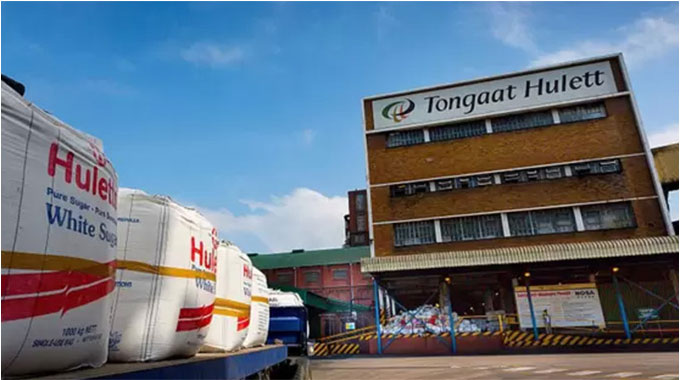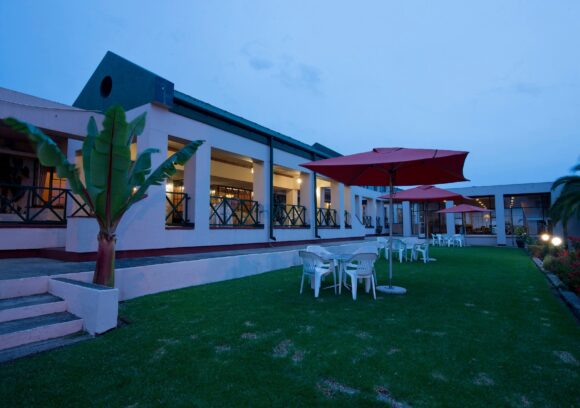‘Market, not RBZ determines exchange rate’
The Reserve Bank of Zimbabwe (RBZ) does not determine the level of the Zimbabwe dollar exchange rate, as the price of the domestic unit is established via a price discovery mechanism — the Dutch forex trading auction system, governor Dr John Mangudya said on Thursday.
The foreign exchange trading auction determines the ruling exchange rate based on the weighted average of approved bids for forex submitted by importers or buyers each week.
This comes as debate rages on over who or what factors are behind the volatility of the Zimbabwe dollar, against the greenback, on the parallel market.
While the local unit trades at $97 to US$1 on the auction market, the rate has shot to between $170 and $195 to US$1 on the open market.
Some market watchers are on record expressing sentiment that the gap between the official and parallel market rates was a result of the central bank’s interference with market forces.
But Dr Mangudya said in an interview the assumption that the apex bank, or himself, had a hidden hand in determining the exchange rate was fundamentally flawed.
The governor insisted that the exchange rate, at any given time, was market driven.
Economist Eddie Cross shared similar sentiments saying the formal exchange rate was determined by bids submitted by buyers, relative to available forex.
Cross, however, noted the RBZ may have indirect say in the level of the exchange through levels of interest rates and money supply in the economy.
Dr Mangudya said the bank’s weekly auction system, which was introduced in June last year, had grown to become one of the largest and most dependable sources of foreign currency for key importers and productive sectors of the economy.
“The exchange rate is determined at the auction. The rate is determined by the users of foreign currency, it is not a managed rate, but a rate set through market price discovery.
“The auction has become the most dependable source of foreign currency and we do not have a predetermined level of exchange rate, the rate is market driven, buyers come with their bids.
“It’s not like Mangudya wakes up one day and says I want the rate to be here or there. The movement of the rate reflects market appetite; the users of foreign currency know better,” he said.
Dr Mangudya also appeared to dismiss the idea that excessive growth in market liquidity was partly to blame for the volatility of the parallel market exchange rate.
The central bank governor said while broad money supply grew by 637 percent in the 12 months to October last year, it had only expanded by 250 percent over the same period this year.
Notably, Dr Mangudya said a certain level of money supply expansion was critical in order to drive growth of any economy, globally.
The introduction of the auction system has been credited with relative price stability now prevailing in the economy, after annual inflation rate raced to post dollarisation high of 837,5 percent in July 2020.
However, inflation has gradually declined, touching a two-year low of 50,2 percent in August this year, before creeping up slightly to 54,49 percent last month.
Dr Mangudya, while addressing an officers lecture at the Alfred Nikita Mangena Barracks, attributed the parallel market exchange rate volatility to warped market confidence, after the 2008 hyperinflation, and the illegal forex trading on the open market.
At the height of hyperinflation in 2008, Zimbabwe’s annual inflation rate reached 500 billion percent, according to the International Monetary Fund.
“Whenever people have the Zimbabwean dollar in their pockets they want to offload it and look for foreign currency. That is what is happening.
“We understand that people are afraid of the 2008 hyperinflationary environment because once bitten twice shy, and now they are always seeking the US dollar,” he said.
The governor said the central bank was not against the existence of a parallel market, but disagreed with speculative behaviour that drives the margin between the official and open market rate above 40 percent.
He pointed out that the parallel market for forex was well established in countries that include Zambia, Nigeria, Ethiopia and Malawi, but operated in a manner not counterproductive to the economy.
Cross said while the central bank could influence the level of exchange rate through a variety of monetary policy tools at its disposal, it had no control on the open market rate, “which does its own things”.-eBusiness Weekly










